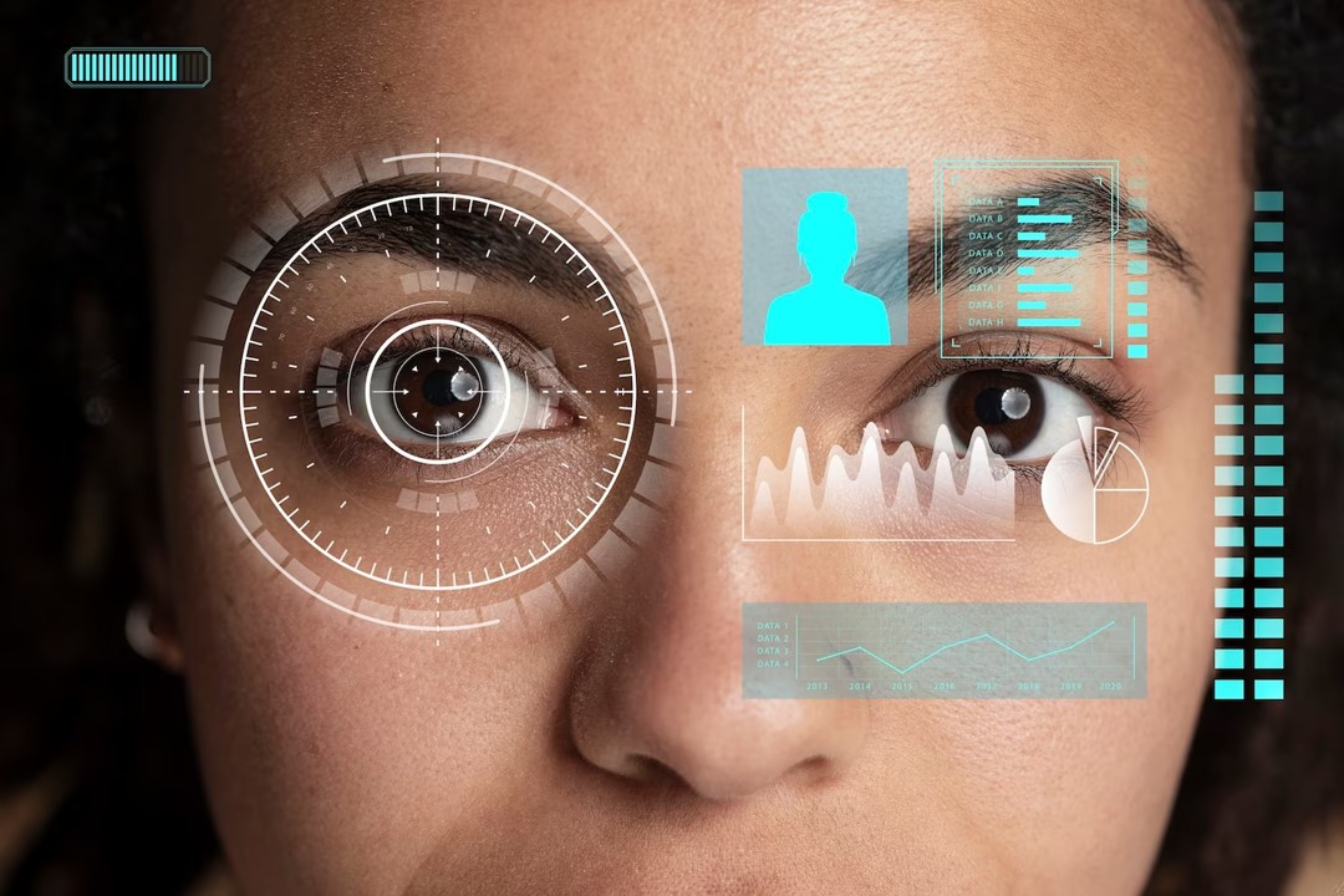
Computerized Eye Testing
Computerized eye testing refers to the use of technological devices and software applications to assess various aspects of vision and eye health. These tests often supplement traditional eye exams conducted by optometrists or ophthalmologists and can provide detailed measurements and data for diagnosing vision problems and monitoring eye conditions.
Computerized eye testing can encompass a range of assessments, including :
- Visual acuity testing : This measures how clearly you can see objects at different distances. Computerized systems often display letters, numbers, or symbols on a screen at various sizes and distances, allowing the tester to determine your visual acuity.
- Refraction testing : Refraction is the bending of light as it passes through the eye, and refractive errors such as nearsightedness, farsightedness, and astigmatism can affect vision. Computerized refractive testing devices can automatically determine the appropriate corrective lenses needed to optimize vision.
- Color vision testing : Certain computerized tests can assess color vision deficiencies, such as color blindness, by presenting images or patterns with subtle color variations and asking the test-taker to identify or differentiate specific hues.
- Visual field testing : This assesses your peripheral vision, which is important for detecting conditions such as glaucoma or neurological disorders. Computerized visual field-testing devices present stimuli at various locations within your visual field and record your responses.
- Eye tracking and coordination testing : Some computerized systems can evaluate how well your eyes work together and track their movements accurately. This can be helpful in diagnosing conditions like strabismus (crossed eyes) or amblyopia (lazy eye).
- Corneal topography : Computerized corneal topography systems create detailed maps of the cornea's curvature, which is useful for diagnosing conditions like keratoconus or evaluating patients for refractive surgery.
- Intraocular pressure (IOP) measurement : Elevated intraocular pressure is a risk factor for glaucoma. Computerized tonometry devices can accurately measure IOP without direct contact with the eye.
Computerized eye testing offers several advantages over traditional methods, including greater precision, consistency, and efficiency in obtaining test results. Additionally, these systems often feature advanced algorithms and data analysis capabilities, enabling more accurate diagnoses and treatment recommendations. However, they are typically used in conjunction with comprehensive eye exams conducted by qualified eye care professionals to ensure a thorough evaluation of eye health and vision.
Benefits of Computerized Eye Testing :
Computerized eye testing, often referred to as computerized or digital refraction, offers several benefits over traditional methods of eye examination.
Key features of Computerized Eye Testing :
- Accuracy : Computerized eye testing systems utilize advanced algorithms and technology to provide highly accurate measurements of refractive errors, such as nearsightedness, farsightedness, and astigmatism. This accuracy leads to more precise prescriptions for corrective lenses, improving the overall quality of vision for patients.
- Speed : Digital refraction can significantly reduce the time required for eye examinations compared to traditional manual methods. The automated process streamlines the testing procedure, allowing eye care professionals to serve more patients efficiently.
- Consistency : Computerized systems eliminate human error associated with manual refraction techniques. By standardizing the testing process, they ensure consistent and reliable results from one examination to another, enhancing the reliability of prescriptions and reducing the need for repeated tests.
- Patient Experience : Many computerized eye testing systems feature user-friendly interfaces and interactive displays, making the examination process more engaging and comfortable for patients. This can help alleviate anxiety and improve overall satisfaction with the eye care experience.
- Data Storage and Retrieval : Digital refraction systems often include built-in databases for storing patient information and test results. This allows eye care professionals to easily access historical data, track changes in vision over time, and monitor the effectiveness of treatment plans.
- Integration with Electronic Health Records (EHR) : Computerized eye testing systems can seamlessly integrate with electronic health record (EHR) systems, enabling efficient documentation and sharing of patient data across healthcare providers. This integration promotes better coordination of care and facilitates communication between eye care specialists and other healthcare professionals.
- Customization and Personalization : Some advanced computerized eye testing systems offer customizable testing protocols and advanced diagnostic capabilities, allowing eye care professionals to tailor examinations to the specific needs of each patient. This personalized approach can lead to more targeted treatment plans and improved clinical outcomes.
- Technological Advancements : As technology continues to evolve, computerized eye testing systems are incorporating new features and capabilities, such as wavefront analysis, adaptive optics, and artificial intelligence. These advancements hold the potential to further enhance the accuracy, efficiency, and effectiveness of eye examinations in the future.
Overall, computerized eye testing offers numerous benefits for both eye care professionals and patients, including improved accuracy, efficiency, patient experience, and data management. As technology continues to advance, digital refraction systems are likely to play an increasingly important role in modern eye care practices.
- Cataract Surgery & Treatment
- Multifocal Intraocular Lens (IOL)
- ICL (Implantable Collamer Lens)
- Glaucoma Surgery & Treatment
- Eye Trauma Care
- Oculoplastic, Squint, Ptosis
- Computerized Eye Testing
- Contact Lens Clinic
- Lasik Surgery
- Refractive Surgical Corrections
- Diabetic Retinopathy Screening & Treatment
- Retinal Surgery / Laser Treatment
